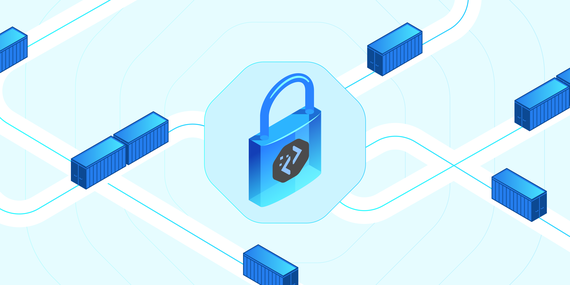
Beyond the Obvious- Application Modernization as Crucial C-Suite Strategy
Businesses that remain stagnant risk falling behind the curve. What was once considered groundbreaking may …
Let's look at a human analogy to better understand what Transfer Learning is and how to use it. Imagine in a parallel universe, and for those who don’t believe in it, their doppelgängers are currently having a heated debate about whether or not they exist.😆
Okay, back to the topic. Imagine a parallel universe where I’m a professional baseball player who has mastered the skills of hitting, fielding, and throwing. I also developed a set of techniques and strategies that are specific to Baseball. Now if I decide to try a new sport, such as Cricket. While the two sports are different, there are some transferable skills right, such as hand-eye coordination, agility, and timing, that I can bring from one sport to the other.
In this analogy, the pre-trained model is like my existing skills and experience as a Baseball player, while the new task is like the new sport that I’m trying to learn. By leveraging my existing skills and experience, I can learn the new sport of cricket more quickly and efficiently than if I had started from scratch. Similarly, by using a pre-trained model as a starting point, machine learning algorithms can learn new tasks more quickly and efficiently than if they had to start from scratch.
Generalization:Limited Data:Compute Efficiency:Domain Adaptation:VGG16 is a strong type of Convolutional Neural Network that is capable of object detection and classification with 92.7% accuracy. It has 16 Layers that have weights, instead of a large number of hyperparameters to tune. If you want to learn more about VGG16 then here is an amazing article that covers the ins and outs of the model.
Organize the training and validation data into subdirectories path/to/train/directory and path/to/validation/directory based on their classes.
from tensorflow.keras.layers import Input, Dense, Flatten
from tensorflow.keras.models import Model
from tensorflow.keras.applications import VGG16
from tensorflow.keras.preprocessing.image import ImageDataGenerator
# load the pre-trained VGG16 model, excluding the top dense layers
base_model = VGG16(weights='imagenet', include_top=False, input_tensor=Input(shape=(224, 224, 3)))
# freeze the layers in the base model to prevent overfitting
for layer in base_model.layers:
layer.trainable = False
# add a custom top dense layers
x = Flatten()(base_model.output)
x = Dense(256, activation='relu')(x)
predictions = Dense(2, activation='softmax')(x)
# create a new model
model = Model(inputs=base_model.input, outputs=predictions)
# compile the model
model.compile(optimizer='adam', loss='categorical_crossentropy', metrics=['accuracy'])
# create a data generator for image pre-processing and augmentation
datagen = ImageDataGenerator(rescale=1./255, shear_range=0.2, zoom_range=0.2, horizontal_flip=True)
# load and pre-process the training and validation data using the data generator
train_generator = datagen.flow_from_directory('path/to/train/directory', target_size=(224, 224), batch_size=32)
validation_generator = datagen.flow_from_directory('path/to/validation/directory', target_size=(224, 224), batch_size=32)
# train the model on the data
model.fit(train_generator, epochs=10, validation_data=validation_generator)
We compile the model and create an ImageDataGenerator to pre-process and augment the training and validation data. Finally, we train the model on the data using the fit method.
Overall, transfer learning can be a powerful tool for improving performance and efficiency in machine learning, especially in cases where we have limited data or computational resources. Happy Exploring.😃

Businesses that remain stagnant risk falling behind the curve. What was once considered groundbreaking may …

Containerization, a software development technique that packages an application and its dependencies into a …

Legacy systems are a major cost driver for organizations, yet many businesses opt to retain these aging …
Finding the right talent is pain. More so, keeping up with concepts, culture, technology and tools. We all have been there. Our AI-based automated solutions helps eliminate these issues, making your teams lives easy.
Contact Us